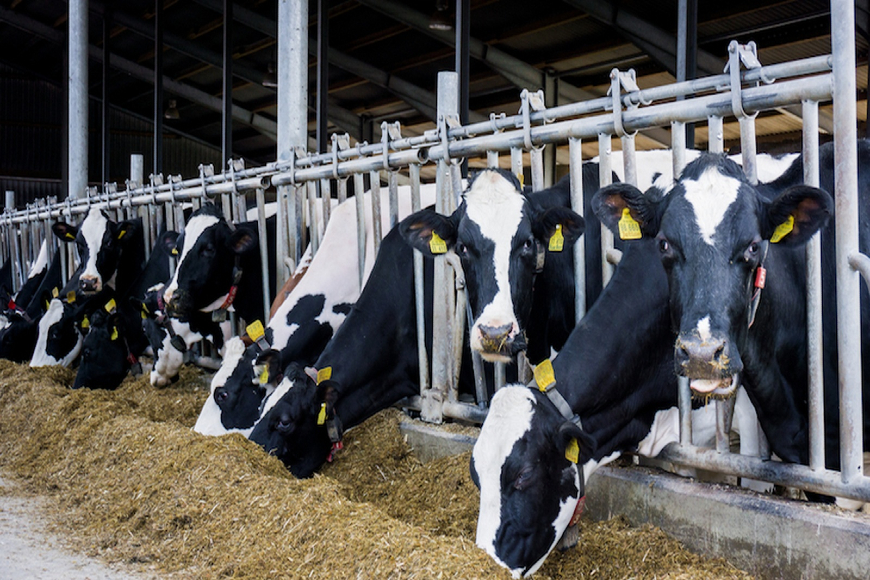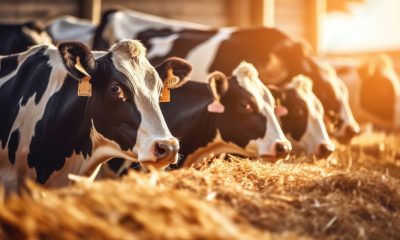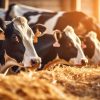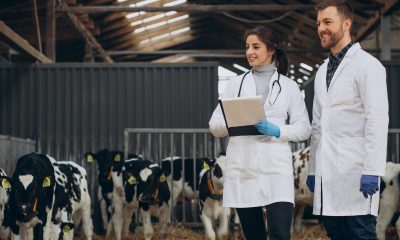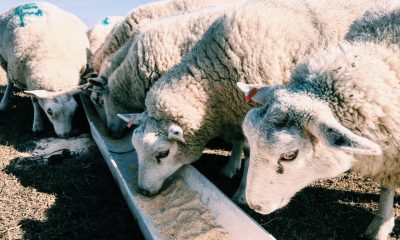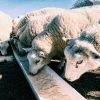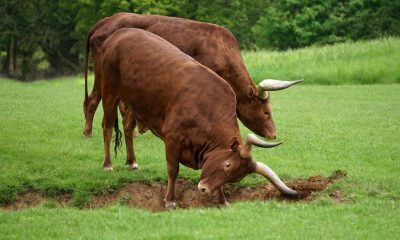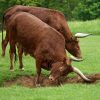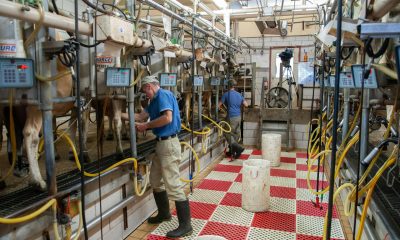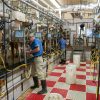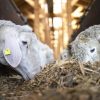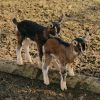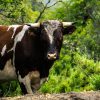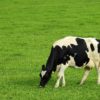Cattle
Quality of raw materials and animal feed ingredients
In a typical livestock enterprise, about 70 per cent of the cost constitutes the total feed cost. The main objective of any livestock enterprise is to create profits. Thus most farmers consequently opt for the highest productivity with minimal investment. Thus investing in animal feed or raw materials plays an important role in the final productivity. This has also affected the feed formulation. Most of the farmers adopt the least cost formulation methods for better profit. But one should always remember not to compromise on the quality of the raw materials used for the formulation. A low-quality diet in any livestock enterprise will never obtain optimum productivity and profit.
Thus choosing quality raw material is essential in ensuring an adequate amount of vital nutrients like proteins, energy, vitamins and minerals for the animal. Most of the livestock feed consists of grains and milling by-products. When choosing among these raw materials, certain factors are to be checked to ensure high-quality feed for the animal.
Proximate analysis of the composition
The general composition of any raw material or feed ingredient can be obtained by searching the web. There are many scientific studies on the topic. But one important thing to be noted on the issue is that those scientific reviews are too general to be applied daily. Most livestock enterprises buy raw materials from the local market or sellers. Some obtain these raw materials from the farm itself. Whatever be the case, the composition of vital factors like moisture, fat, fibre, ash content in these locally obtained raw materials might vary from the general composition. Thus a proximate analysis of composition in these raw materials can give a clear idea of the nutrient profile of these raw materials and their quality.
1. Digestibility of raw materials and feed ingredients
Another important quality parameter that should be placed in selecting raw materials and feed ingredients is digestibility. A nutrient-rich feed prepared from high-quality raw materials does not promise a healthy animal. Those high-quality nutrients are of no use if the animal cannot digest those nutrients and absorb the essentials from them. Thus the digestibility of raw materials and feed ingredients is an important quality parameter.
2. Eliminating anti-nutritional factors
All of us prefer a nutrient-rich diet for our animals, and we try to include raw materials which are nutrient-rich. In that case, it is also important to note that there might be certain components in the raw materials that might inhibit or interfere with the animal’s digestion, metabolism, or growth. These components are known as anti-nutritional factors. They can reduce the quality of the raw materials. The presence of these anti-nutritional factors can be detected by proper analysis. Some of the anti-nutritional components are mycotoxins, trypsin inhibitors, glucosinolates, tannins, lectins etc.
3. Free of other contaminants
Different raw materials are obtained from different sources, and they go through different processes. The raw materials obtained from the market are probably mass-produced and might contain some unwanted foreign materials in them. These might have accumulated during poor production or transit. This compromises the quality of the feed. Keeping an eye out for these foreign materials can increase the quality of the feed. The most common foreign materials found in raw materials are plastic, sand, husk, etc. This is very dangerous if consumed by animals.
4. Storage strategies
It is well known in the farming community how storage is related to quality. Storage and handling of raw materials have a direct effect on quality. A poor storage facility increases the chance of foreign contaminants. It might also affect the nutrient factors in some cases.
Most of the raw materials and feed ingredients are available as pellets. External atmospheric factors can affect the pellet quality. The moisture content and the pellet size are the most affected by environmental conditions. An adequate and functional storage facility can solve this problem and help increase the quality.
5. Check for adulterants
Nowadays, excessive adulteration can reduce the quality of raw materials. Adulteration is the intentional mixing of good quality substances with poor quality substances. It is a money-making strategy and will reduce the overall quality of the product. For example, some manufacturers add non-edible oilseed cakes or spray urea over edible oilseed cakes. Besides reducing the quality of the raw material, excessive urea content can also affect the health of the animal.
Quality analysis
The quality of raw materials or feed ingredients should at least meet the above parameters to benefit the animal. This can be made sure by analytical methods. There are three main types of analysis
1. Physical analysis
It is the easiest way of analysis. That being said, one should also be highly trained and experienced to get it right. It is done by carefully observing the following parameters.
Colour: The colour of raw materials and feed ingredients can say its quality. By analyzing the colour change, one can predict the presence of contaminants, toxins etc. For example, extensive insecticides on any raw material give it a dusty appearance. Also, the reddish-orange colour of sorghum can indicate a high amount of tannin.
Size: The size of an ingredient also helps evaluate its quality if inspected by a highly trained and experienced person. Size mainly comes into play in the case of grains.
Uniformity: Careful physical analysis can be used to find the contaminants or adulterants present in the ingredient. For example, oilseed cakes might contain a slight amount of fibrous material that can be identified if carefully viewed.
Touch: Touch can be used to identify the quality of raw materials and ingredients. It is mainly used to get a general idea of the moisture content and dryness. In the case of powdered raw materials or finely ground particles, the presence of clumps in the bag can indicate high moisture content. This might arise due to improper storage or poor production.
Smell: Smell is another simple but effective way of assessing the quality of the ingredient. When one notices a change from the normal smell, it usually means that something is not right. But, of course, one should be familiar with the normal smell for this to work. A musty smell usually indicates the growth of bacteria or fungi, and the smell of petroleum products usually indicate excessive use of pesticides.
Taste: Sometimes, the taste can also be used to check the quality. For example, a bitter taste in grains and oilseeds can indicate a high amount of mycotoxins.
2. Chemical analysis
Unlike physical analysis, chemical analysis can provide a precise picture of the quality of raw materials or ingredients. But this requires an analytical laboratory for precise estimation of adulterants and contaminants present in a sample.
Proximate analysis of a sample can give you an idea of the amount of crude fibre, fat, total ash content, etc. These are all adulterants. A high level of crude fibre and a low level of crude protein indicate high adulteration. High crude fibre content also indicates a high amount of urea in the sample. Chemical analysis can also be used to estimate the fat content of oily materials, which can be used to increase palatability.
3. Biological methods
This is a method a specialized person conducts digestion trials on animals for estimating the quality of the ingredients. This method is not widely used since it is a time-consuming process.
Conclusion
When the quality of raw materials and feed ingredients are carefully monitored, one can increase the productivity of the dairy enterprise. Using both physical and chemical analysis to evaluate multiple parameters can help produce high-quality raw materials. This can also reduce the feed and production cost, improving financial benefits.



